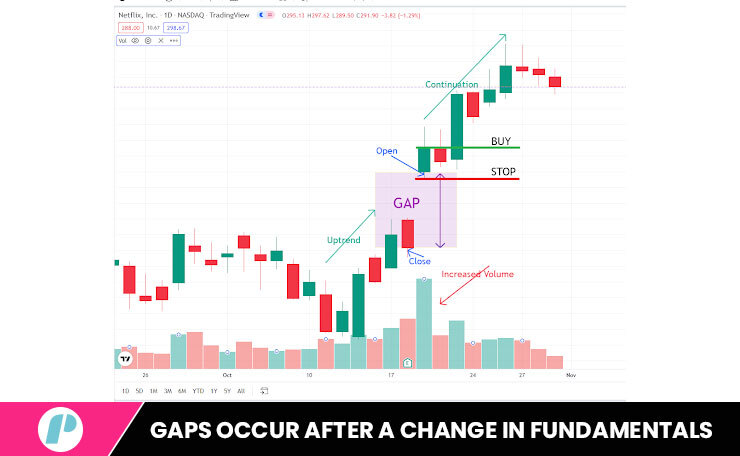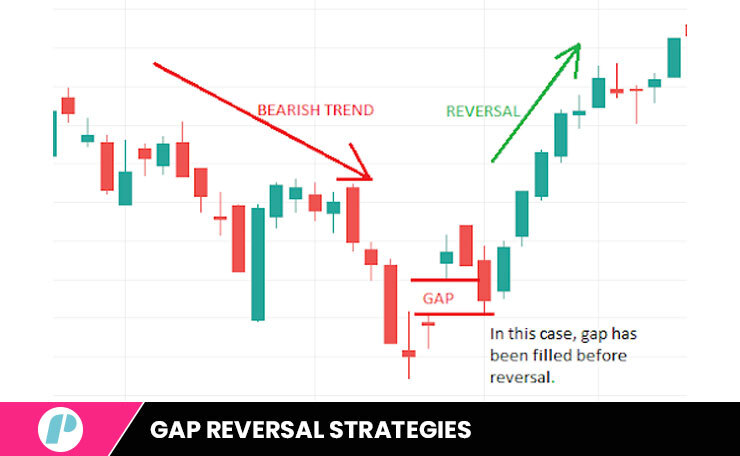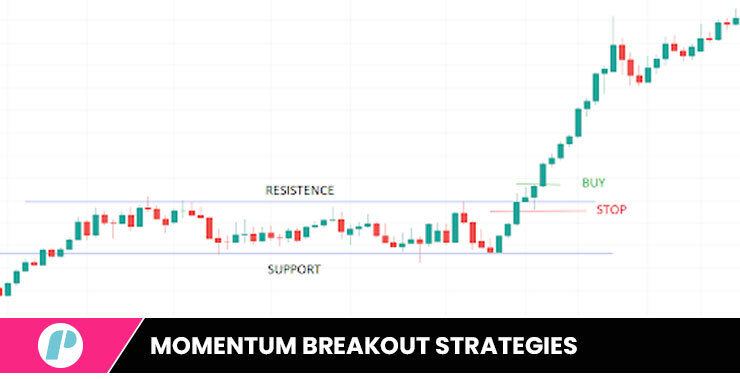
What is Earning Season, and when do they occur?
Every publicly traded company is legally obligated to provide reports on their earnings and current financial situation after each quarter of the financial year. Since most public companies follow the same financial year, most tend to file and announce their report around the same time, appropriately called “Earnings Season”.
Both investors and traders pay a great deal of attention to the results announced during each Earnings Season as they reveal a true snapshot of the fundamentals of each company.
All market players are given the opportunity to match expectations to actual earnings results, and while investors can monitor and make decisions on their assets portfolio, traders can take advantage of the extreme volatility that each Earnings Season causes and creates.
Although there is no legal restriction, traditionally, Earnings Seasons start two or three weeks after the end of each quarter and run for around six weeks. This means that they typically fall in January, April, July, and October.
Companies in the same industry tend to provide their reports during the same week or so, with early releases generally associated with better results than later ones.
Why is Earnings Season so important?
During Earnings Season, each company releases its quarterly figures, information, and reports on its revenue, earnings, losses, expenses, debts, taxation cash flow, EPS, and much more. In addition, very often, companies accompany their release with an “Earning Guidance” by which they reveal the company’s future projects and aspirations and its own expectations for the new quarter and beyond.
Long-term Investors may not always be directly affected by the temporary high volatility that characterises each Earning Season, but these are great opportunities to re-evaluate their portfolios regularly and periodically. During Earning Season, investors are able to find the answer to questions such as “is the company growing? Has it got potential? Is the management doing a good job? Is the demand for the company product or service growing? What are the plans and projects for the future?” and so on. Their decisions can sometimes provoke a complete re-evaluation of the price of one ticker or more and huge movements in markets already highly volatile.
Swing Traders often choose to use expectations and sentiment to take advantage of the price movement in the days and weeks prior to and following each company release.
Many Day Traders consider having short time exposure during announcements too risky but are more than happy to take full advantage of the high volatility just before and after the companies’ announcements.
How to Trade Earnings Season
As we have just seen, Earning Seasons are periods characterized by high volatility and, more often than not, by big movements in prices.
One of the things traders looks for when scrutinising charts after an earnings results release is a “gap” in the price of the correlated ticker, either to the upside or to the downside.
On a chart, a gap is identified and measured as the distance between the closing price of a candle and the opening price of the following one. Gaps normally occur after a change in fundamentals or as a consequence of a pattern breakout. During Earning Season, they often occur because financial announcements are traditionally made after the market closes, and the reopening can present a price very different from the latest recorded.
When analyzing a gap, ideally, traders would want to see it happening during a bullish trend (upwards gap) or a bearish trend (downwards gap) and know that the presence of increased volume means the trend is more likely to carry on for some time after the gap.
Trading gaps can offer great profits in a short amount of time, aided by sudden increases in buying/selling pressure and fear of missing out, which further pushes both volume and price movements.

With this in mind, let’s discover two important and popular trading techniques built around price gaps and very useful during Earnings Season.
Gap Continuation Strategies
Gap Continuation is probably one of the most potential-rich techniques swing and day traders employ during price gaps in and out of Earnings Season.
The strategy begins with spotting a gap on a chart in the same direction as the current trend, accompanied by sufficiently increased volume. Traditionally, a trend-following position is then opened just before or after the closing of the first candle that follows the gap.
Gap Continuation strategies can be extremely profitable but also risky. After an initial hype, the market can sometimes reject the new price evaluation and cause a trend reversal of an extent and duration, which are virtually impossible to predict. To manage and limit their risk while maximizing profits, traders often choose to set trailing stops when opening their positions or stop loss orders just below the wick of the candle that follows the gap.
Gap Reversal Strategies
A trader would employ a Gap Reversal strategy when he or she expects the price of a stock to move in the opposite direction of the gap or of the current trend.
Once again, Gap Reversal traders would begin by looking for price gaps on a ticker’s chart.
During Earning Seasons, gaps are more likely to be caused by a company’s earning results than by other random factors. The trader would therefore look for a price gap in the stock of a Company that has released results that surprised the market, whether positively or negatively. He or she does this, of course, expecting a reversal in price.
Many Gap Reversal traders would then look for a set-up where the last candle before the gap follows the trend while the candle that follows the gap moves against it.
In other words, for the setup to be complete, during a bullish trend, the last candle before the gap needs to be bullish, and the first after the gap must be bearish.
In a bearish trend, the opposite must occur.
The volume would ideally be higher on the candle after the gap than on the one before it. Traders would then filter the setup with a Moving average and, if successful, open the trade.
Outside of Earning Seasons, traders are more likely to wait and see if the gap gets filled before evaluating the probability of a reversal.

Momentum Breakout Strategies
Momentum Breakouts are at the center of other strategies that traders use in and out of Earning Season. It is based on generally strong movements that bring the price over the resistance or the support lines after a phase of consolidation, and this is exactly what Momentum Breakouts traders would be looking for. A sudden burst in volume and a candle that crosses and closes on the other side of resistance/support would then be the signal for a possible trade. A trader would generally open a position at the start of the very next candle and set a stop just below the line (support/resistance) just passed.

Earning Season Summary
Earnings Seasons are very exciting times for all types of traders and investors. Great profit can be made in short periods of time. Fundamental and technical analysis come together for around six weeks, rich with potential and opportunities. Better yet, it happens four times every year!
In times like these, the strategies described in this article could come very useful and reveal themselves as quite profitable.
Gap Continuation Strategies are perfect for stocks of Companies that have announced better-than-expected results.
Gap Reversal Strategies work well with the stock of Companies that have not met expectations or, better yet, have greatly let down the market.
Momentum Breakout Strategies are useful when the market is uncertain of the earnings results that will be released and enter the market in mass after having received them.
I hope this helps. Enjoy trading!
If you liked this post make sure to share it!





